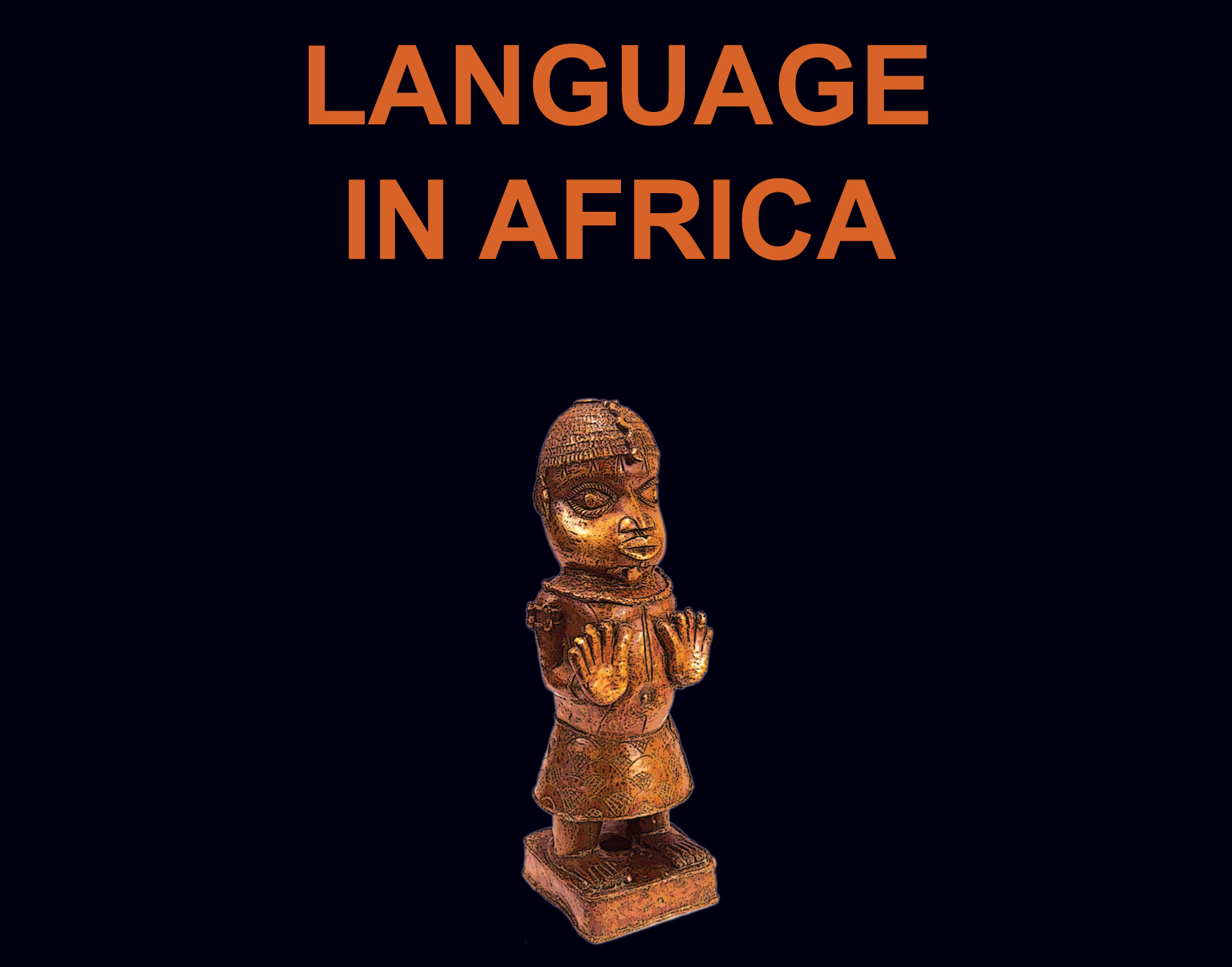The journal is peer-reviewed and follows the standard double-blind reviewing procedure.
This means that both the reviewer and author identities are concealed from the reviewers, and vice versa, throughout the review process.
The reviewers are chosen among the Editorial board members and/or among other scholars and selected for their research specialization. The judgements and findings in the peer-review process should be objective; reviewers should have no conflict of interest.
Possible outcomes of peer review
The journal’s editors or editorial board considers the feedback provided by the peer reviewers and uses this information to arrive at a decision. In addition to the comments received from the review, editors also base their decisions on:
- The journal’s aims and audience
- The state of knowledge in the field
- The level of competition for acceptance and page space within the journal
The following represent the range of possible outcomes:
- Accept without any changes (acceptance): The journal will publish the paper in its original form. This type of decision outcome is rare
- Accept with revisions (conditional acceptance): The journal will publish the paper provided the authors make the changes suggested by the reviewers and/or editors
- Revise and resubmit (conditional rejection): The journal is willing to reconsider the paper in another round of decision making after the authors make major changes
- Reject the paper (outright rejection): The journal will not publish the paper or reconsider it even if the authors make major revisions
The range of a reviewer’s recommendations is the same, but the decision outcome is provided by the editors.
The decision outcome will be accompanied by the reviewer reports and some commentary from the editor that explains why the decision has been reached. If the decision involves revision for the author, the specific changes that are required should be clearly stated in the decision letter and review reports. The author can then respond to each point in turn.
To facilitate the review process, authors need to ensure that their manuscripts are prepared in a way that does not give away their identity. To help with this preparation please submit a Blinded Manuscript with no author details and include the author details in your cover letter, separately.
Information to help prepare the Cover letter:
This should include the title, authors’ names and affiliations and e-mail address. Authors are also recommended to include a phone number and a complete address.
Information to help prepare the Blinded Manuscript
Besides the obvious need to remove names and affiliations under the title within the manuscript, there are other steps that need to be taken to ensure the manuscript is correctly prepared for double-blind peer review. To assist with this process the key items that need to be observed are as follows:
- Use the third person to refer to work the Authors have previously undertaken, e.g. replace any phrases like “as we have shown before” with “… has been shown before (Name 2007)” .
- Make sure figures do not contain any affiliation related identifier
- Do not eliminate essential self-references or other references, but limit self-references only to papers that are relevant for those reviewing the submitted paper
- Remove references to funding sources
- Do not include acknowledgments
- Remove any identifying information, including author names, from file names and ensure document properties are also anonymized.


